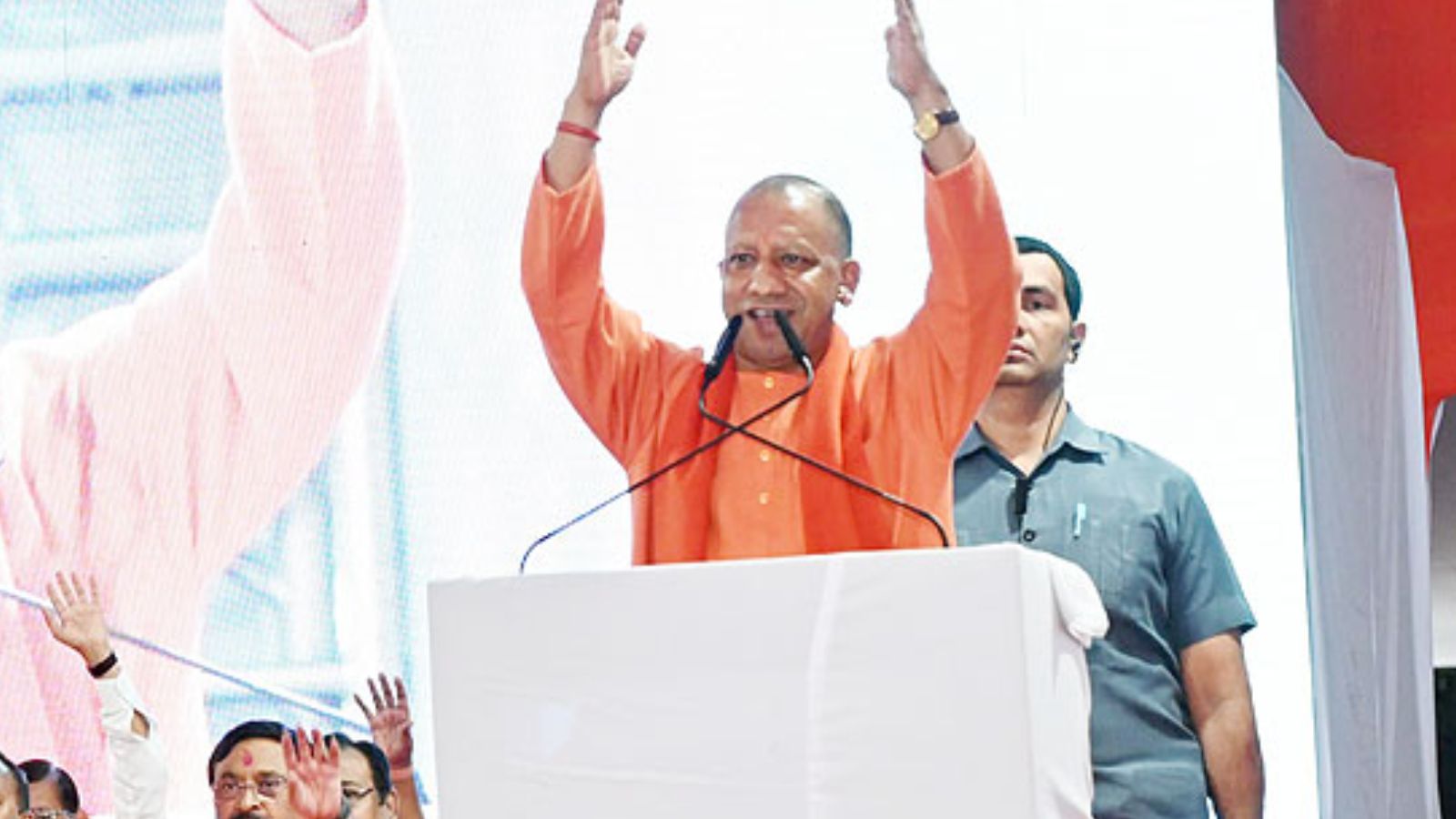 |
|
The political landscape of India is currently experiencing heightened tensions, with a recent exchange between Uttar Pradesh Chief Minister Yogi Adityanath and Congress president Mallikarjun Kharge taking center stage. The heated rhetoric began when Kharge criticized Adityanath for his attire and campaign slogans, drawing a sharp retort from the latter. Adityanath, speaking at a rally in Western Vidarbha, launched a scathing attack on Kharge, suggesting that the Congress president should direct his anger towards the “nizams of Hyderabad” instead of him.
Specifically, Adityanath accused the “razakars of nizam” of burning Kharge's family members, including his mother and sister. He asserted that Kharge's focus on vote banks prevented him from publicly condemning these historical events. This statement, while drawing condemnation from some quarters, reflects the deep-seated political and historical grievances that continue to resonate in India. The issue of the Nizam of Hyderabad and the role of the Razakars in the aftermath of India's independence is a sensitive topic, often used for political maneuvering by various parties.
The ongoing political sparring between Adityanath and Kharge has underscored the deep divisions and historical baggage that continue to influence Indian politics. This exchange serves as a reminder of the complex political landscape and the strategies employed by various parties to garner support. As the upcoming elections draw closer, the intensity of such rhetoric is likely to increase, raising concerns about the impact on social harmony and the potential for further polarization.
Source: UP CM Yogi Adityanath slams Kharge, tells him to direct anger towards ‘nizams of Hyderabad’
